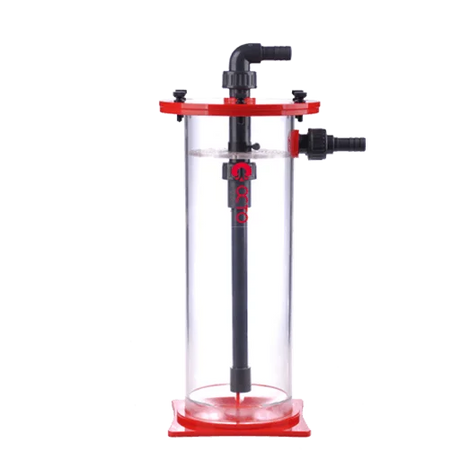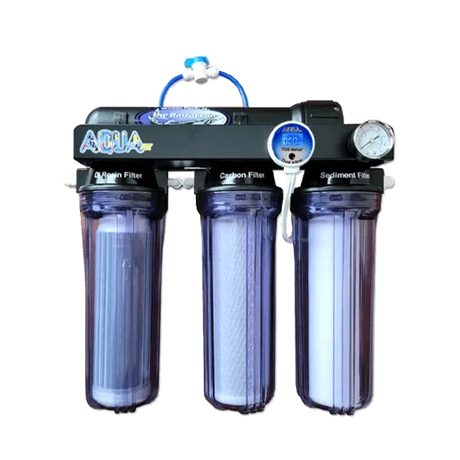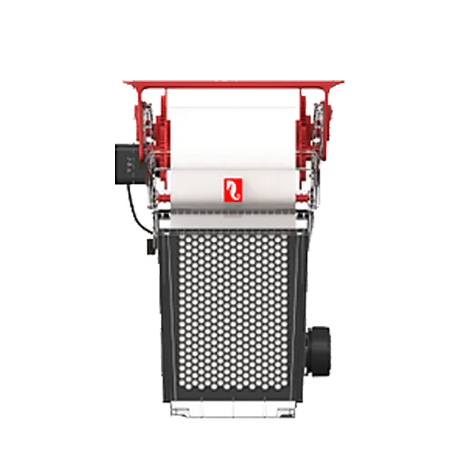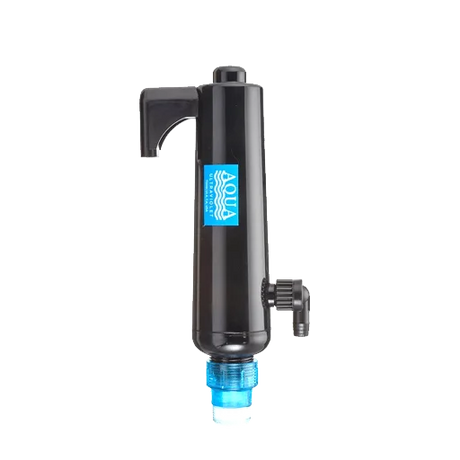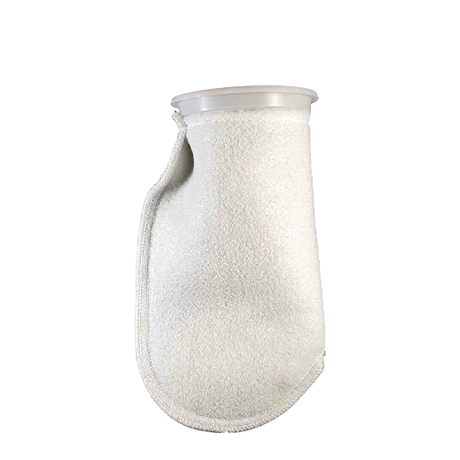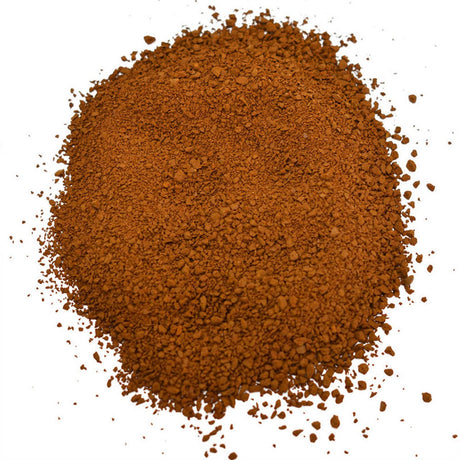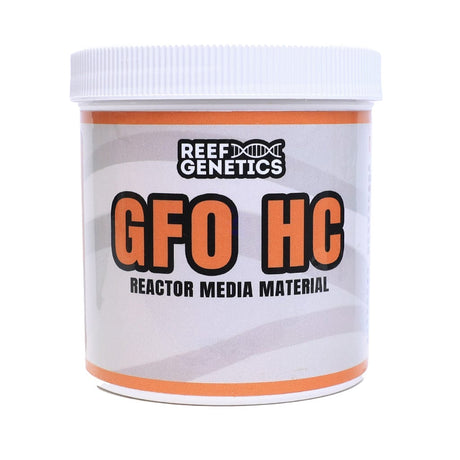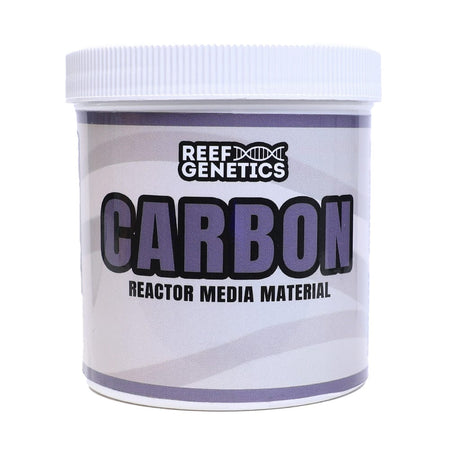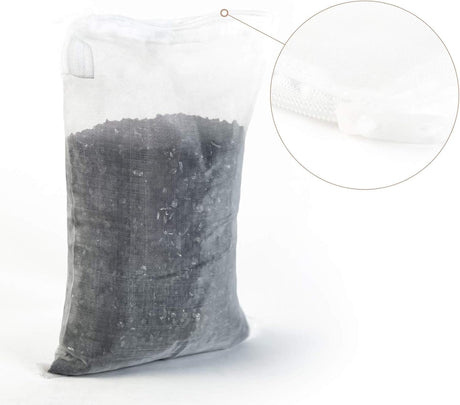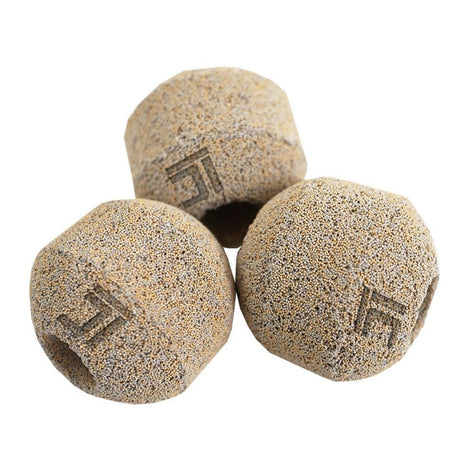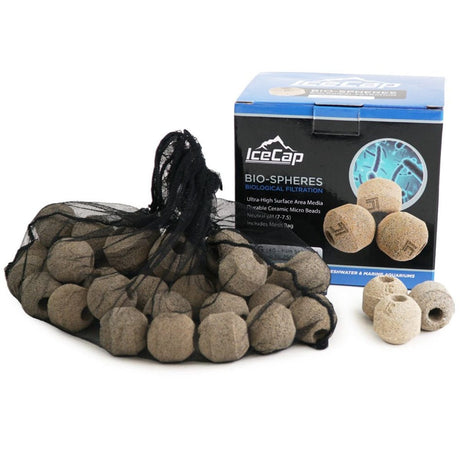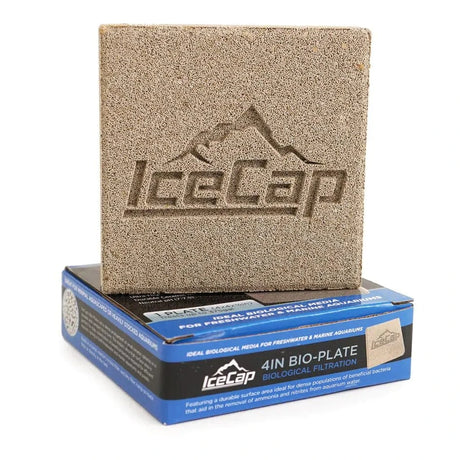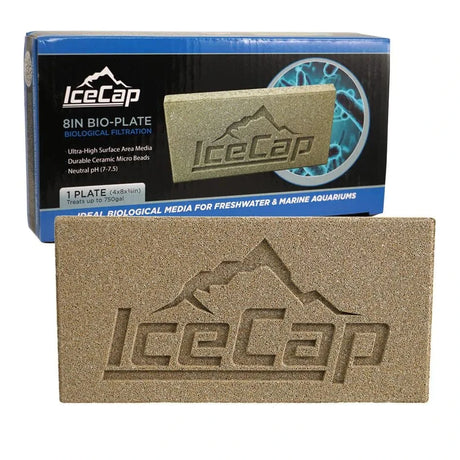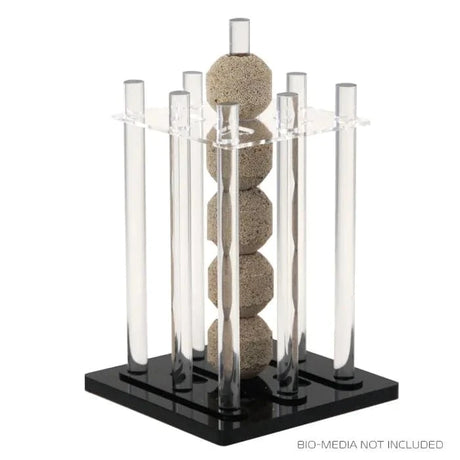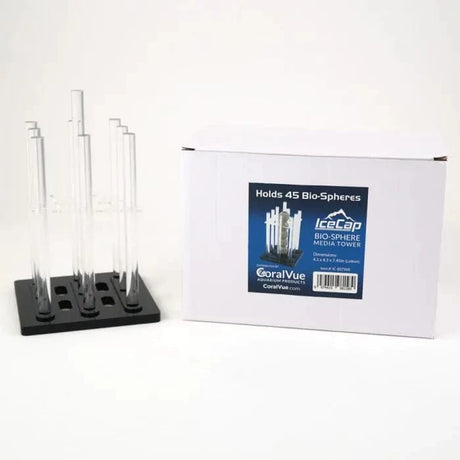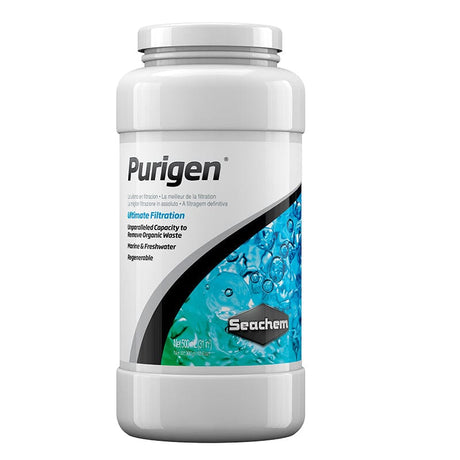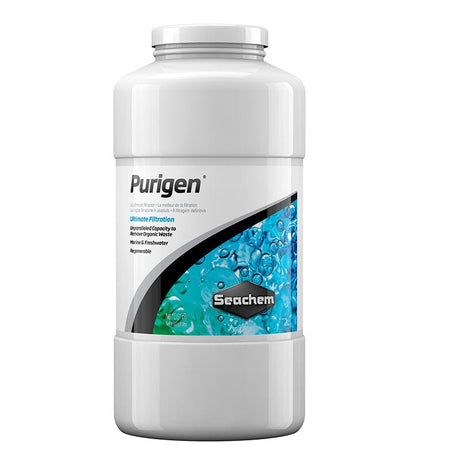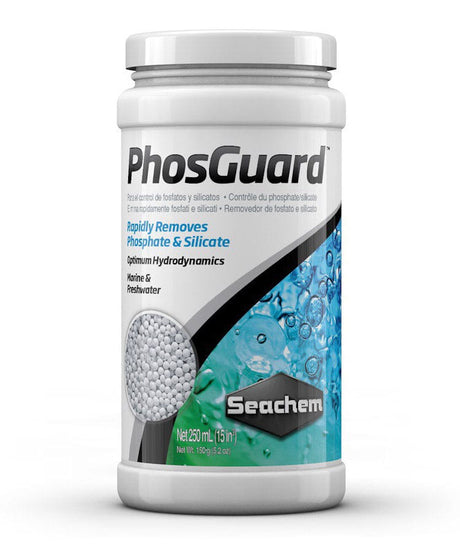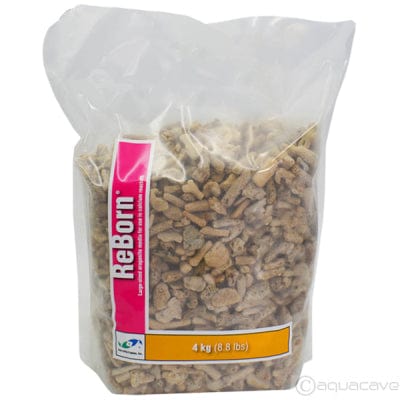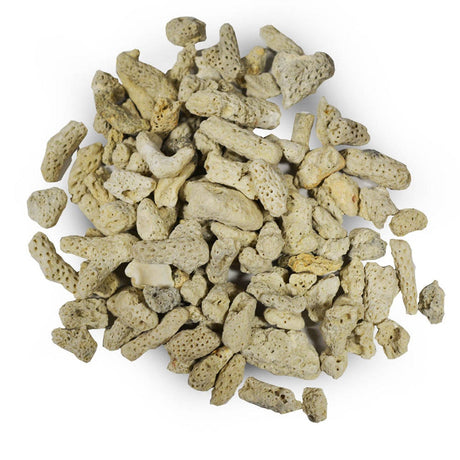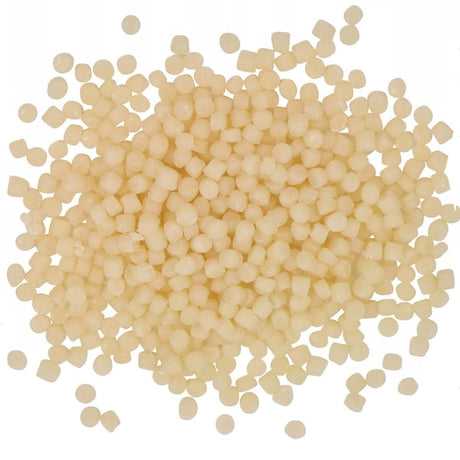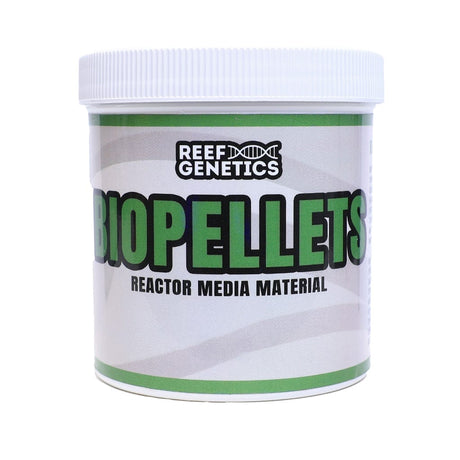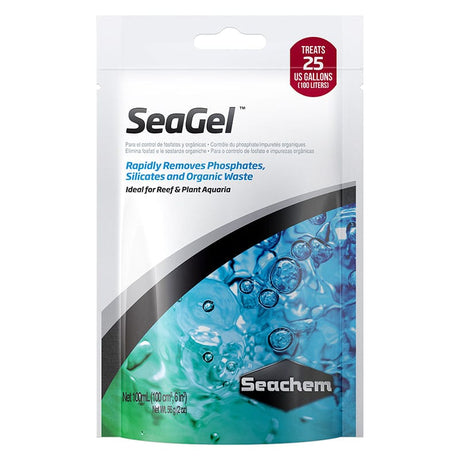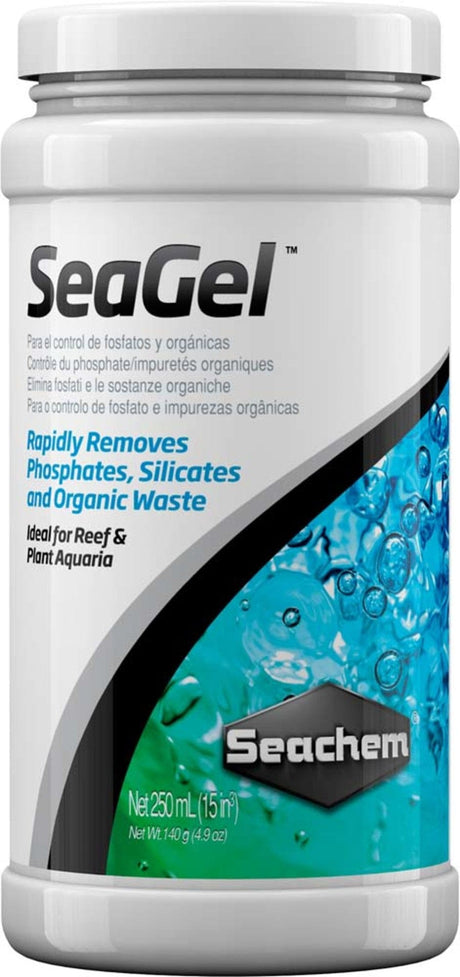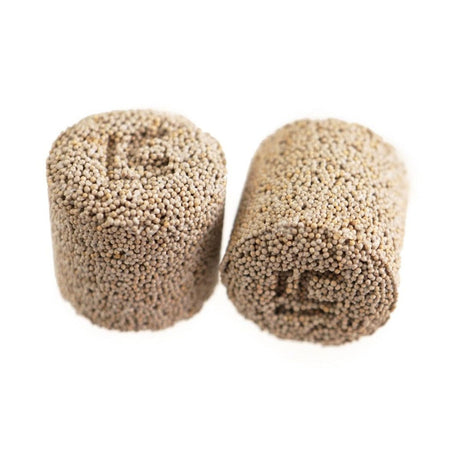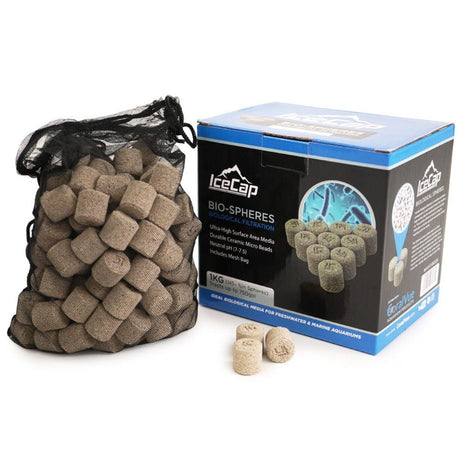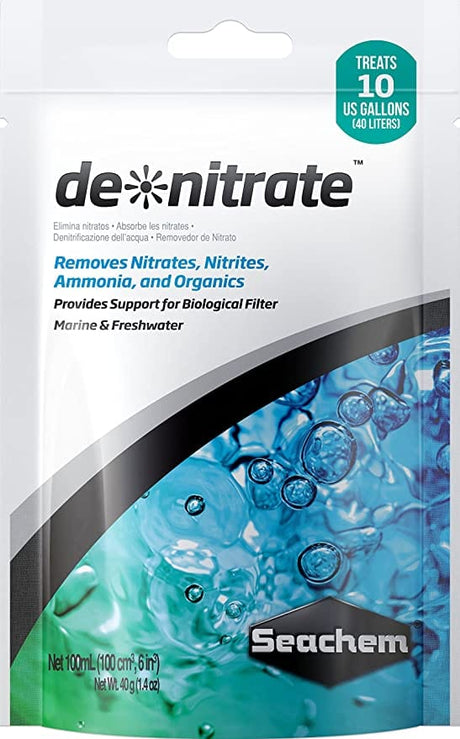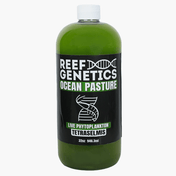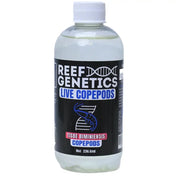
GFO High Capacity - Reef Genetics
From $2999Unit price /Unavailable2.2lbs Color Changing CO2 Absorbent Media - IceCap
$1429Unit price /Unavailable From $899Unit price /Unavailable
From $899Unit price /Unavailable- From $299Unit price /Unavailable
- $1649Unit price /Unavailable
- From $1099Unit price /Unavailable
Bio-Sphere Media Tower - IceCap
$1319Unit price /UnavailablePurigen Filter Media - Seachem
From $1199Unit price /UnavailablePhosGuard (Phosphate & Silicate Remover) - Seachem
From $799Unit price /UnavailableReborn Calcium Reactor Media 8.8lb - Two Little Fishies
$3999Unit price /Unavailable From $2699Unit price /Unavailable
From $2699Unit price /Unavailable- From $899Unit price /Unavailable
- $1869Unit price /Unavailable
- $699Unit price /Unavailable
Top Filter Media Picks
Top Filter Media Picks
How often should I change my filter media?
How often should I change my filter media?
Can I run multiple types of media at the same time?
Can I run multiple types of media at the same time?
What’s the best way to run filter media — bag or reactor?
What’s the best way to run filter media — bag or reactor?
Will CO2 scrubber media help raise my pH?
Will CO2 scrubber media help raise my pH?
Do I need to rinse filter media before using it?
Do I need to rinse filter media before using it?

